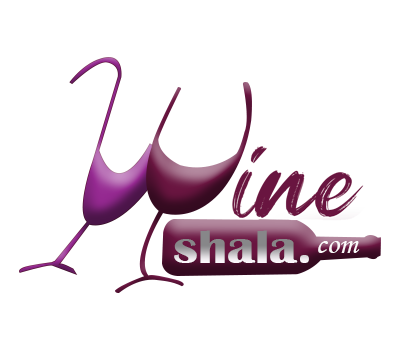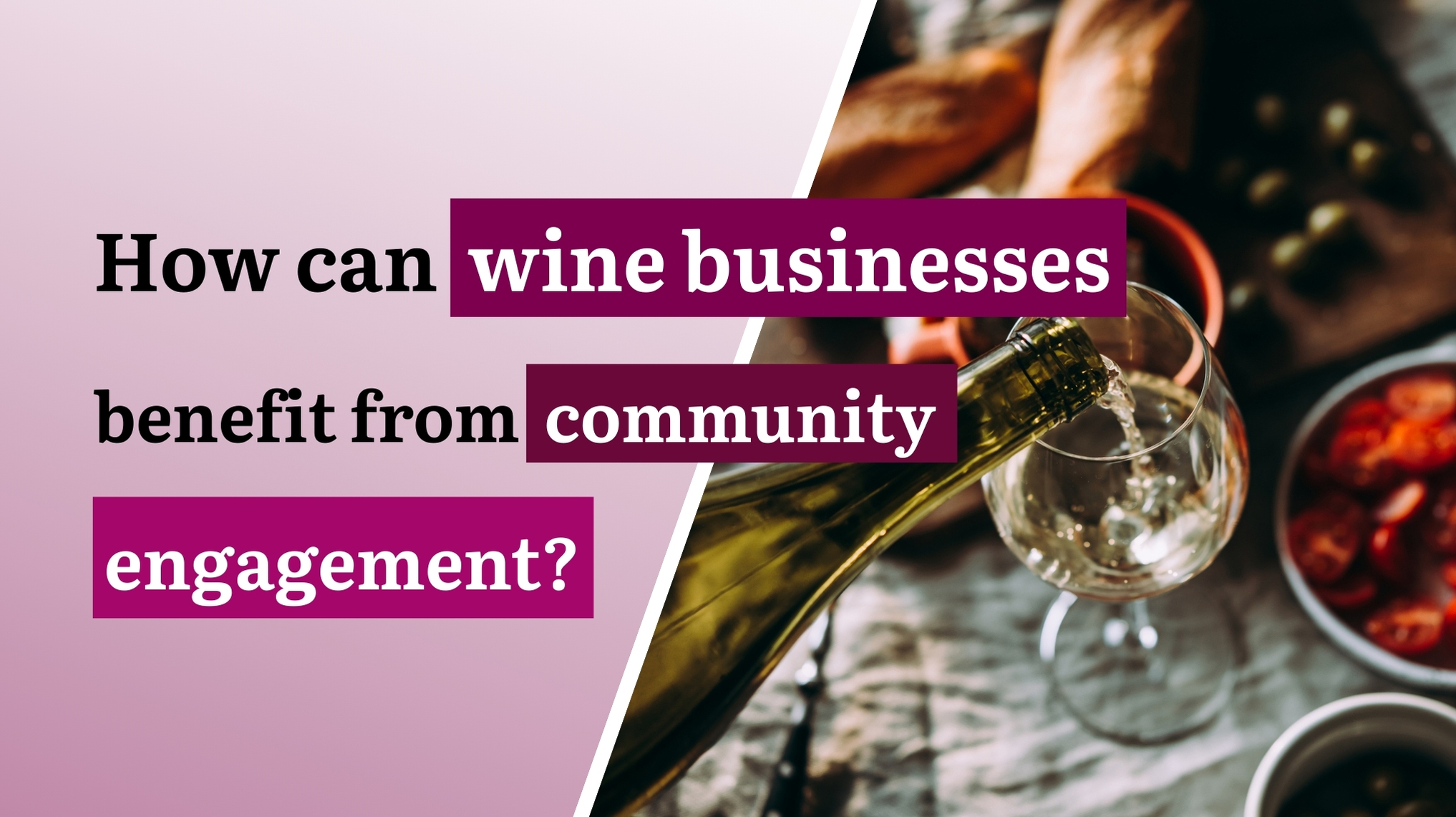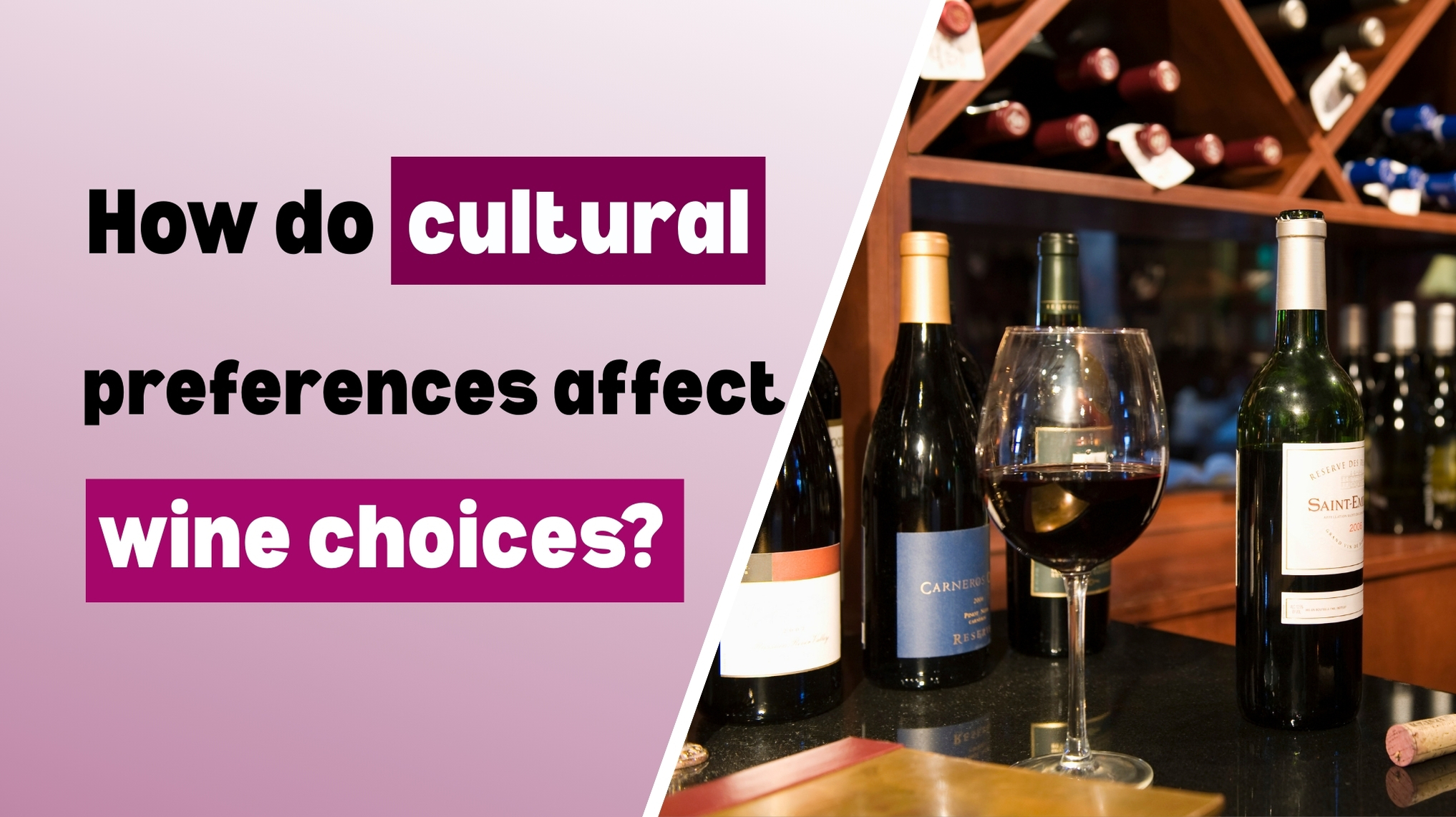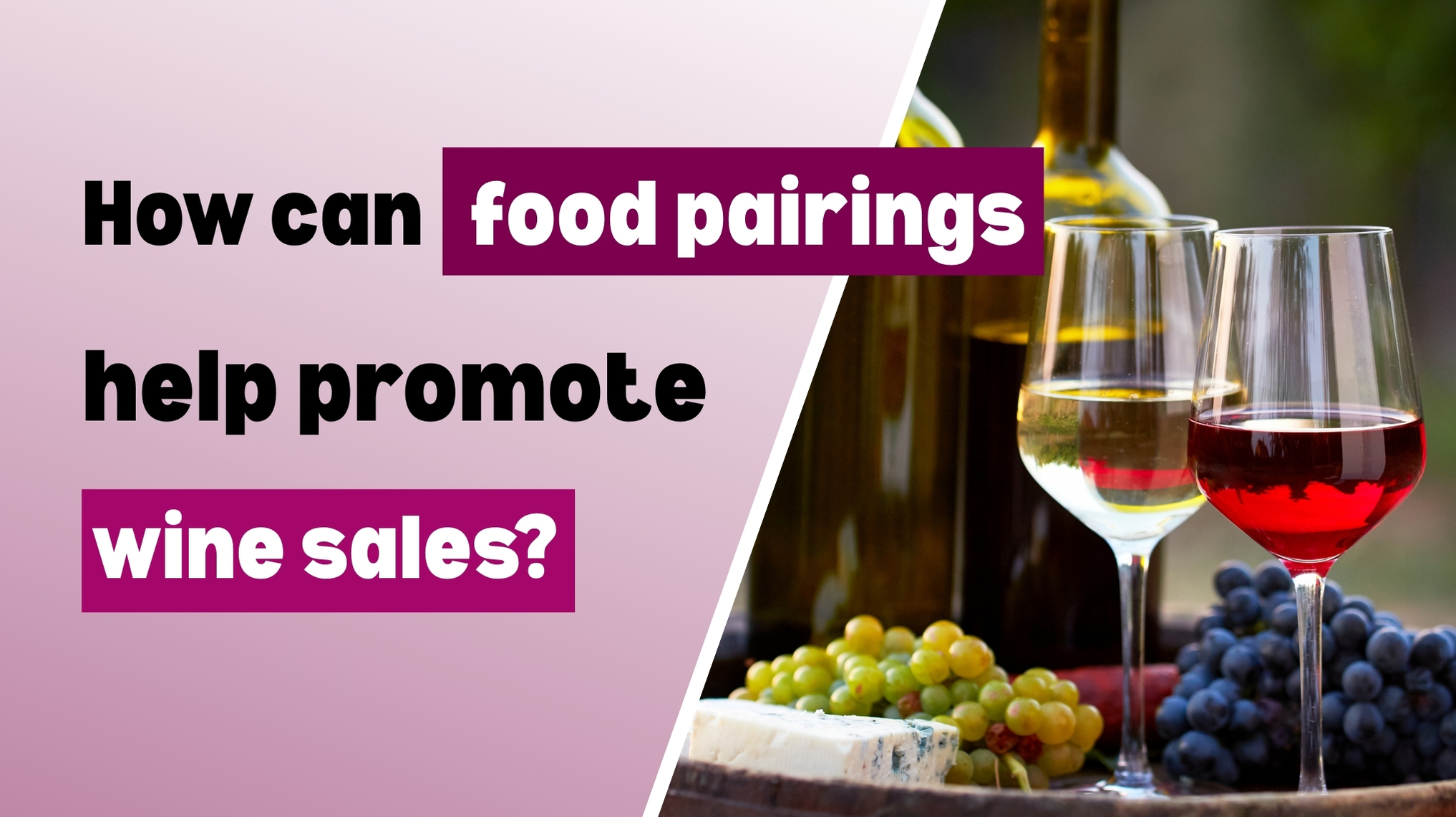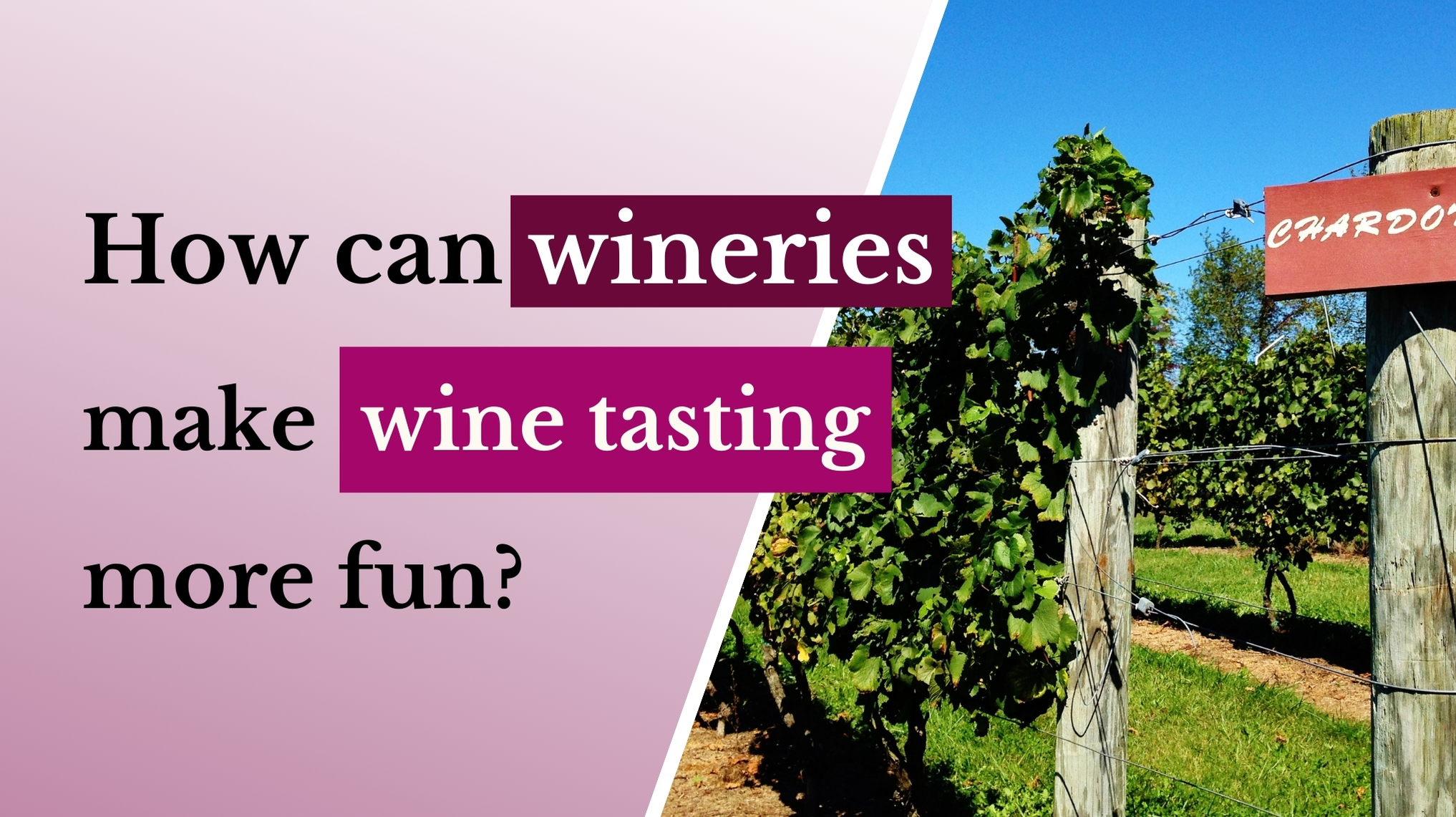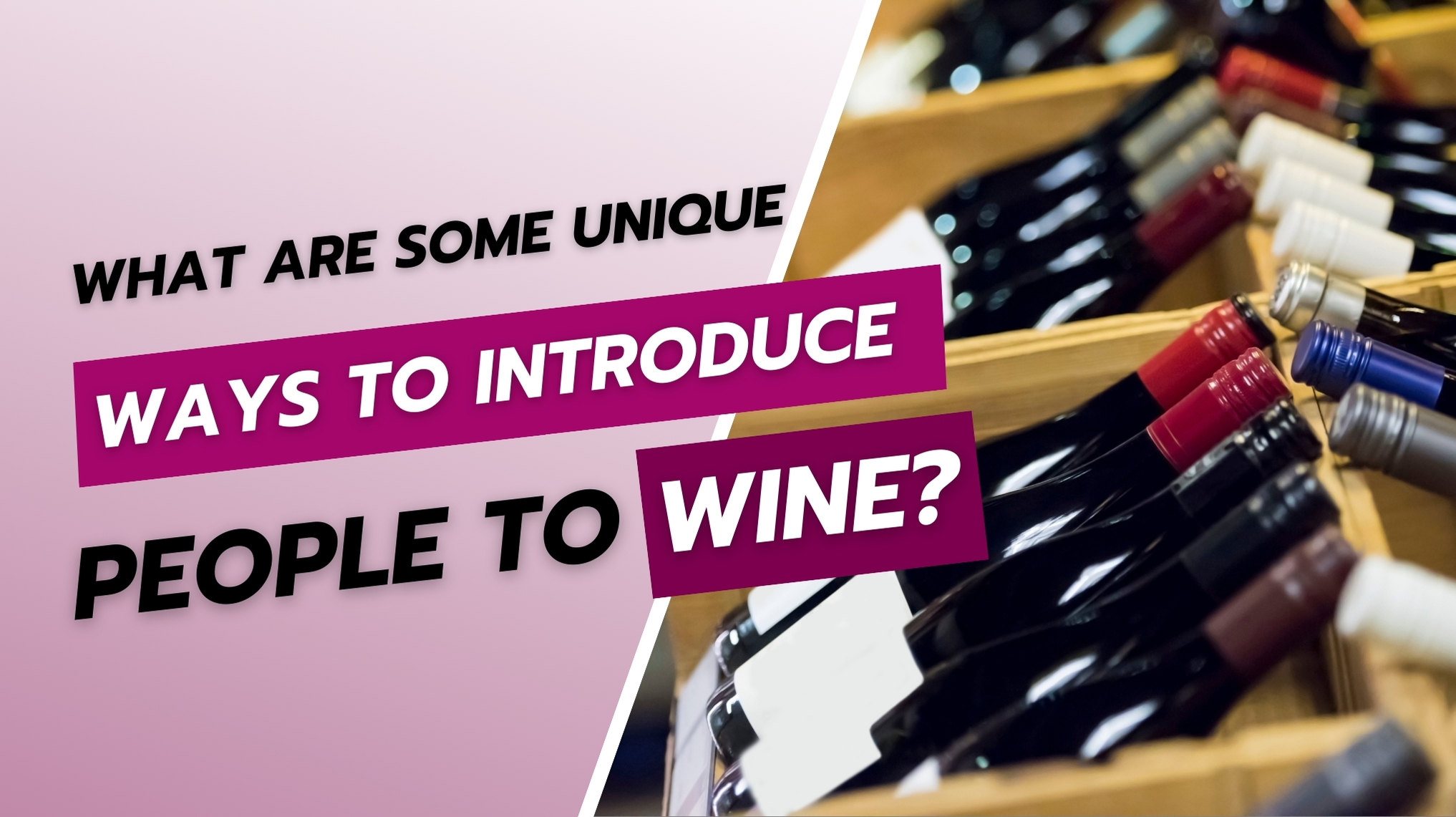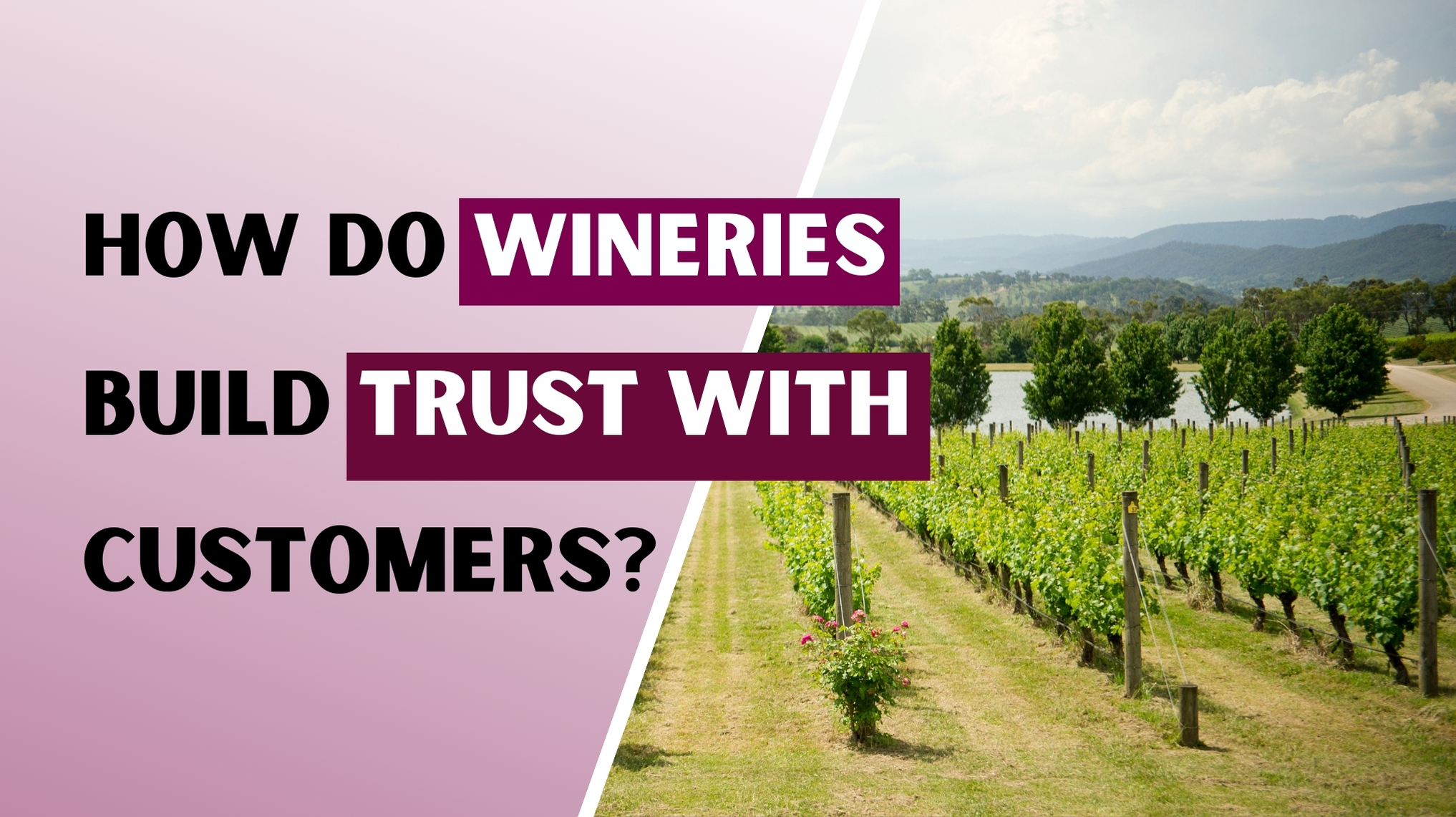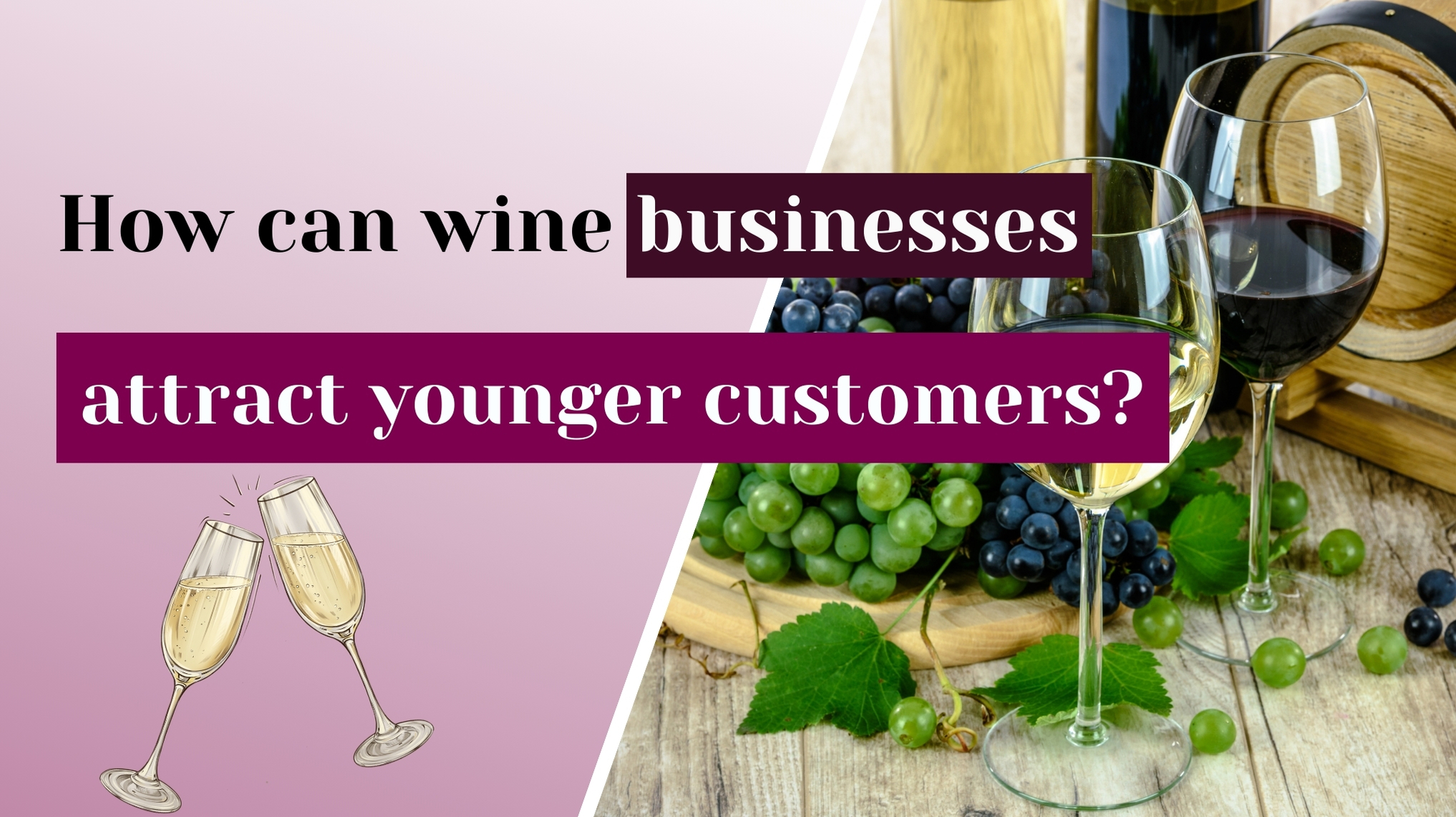What Are the Most Profitable Ways to Sell Wine?
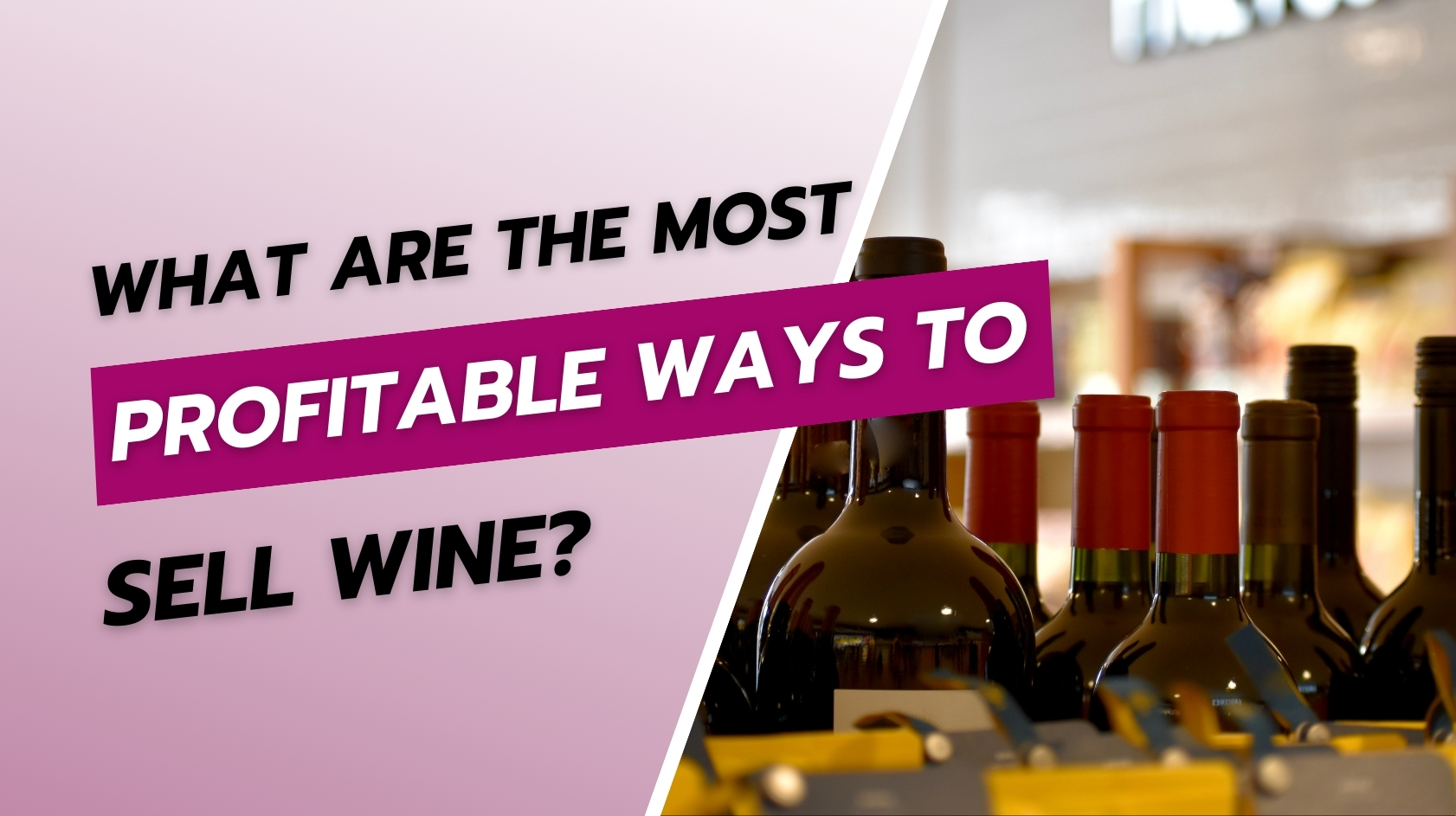
What Are the Most Profitable Ways to Sell Wine?
The wine industry is going through exciting changes. With new technologies, evolving consumer habits, and expanding global markets, there are more ways than ever to sell wine and make a strong profit. If you're a winery owner or wine entrepreneur wondering what are the most profitable ways to sell wine, this guide will show you top methods that are working in 2025.
Direct-to-Consumer (DTC) Sales: Maximizing Margins
Benefits of Selling Directly to Customers
One of the most effective ways to increase profits in the wine business is by selling directly to consumers. This method cuts out the middlemen such as wholesalers or retailers. As a result, you keep a bigger share of the revenue and build stronger relationships with your buyers.
Key DTC Channels for Wine Sales
E-commerce Platforms
Online stores have become essential for wine sales. As more people buy wine from the comfort of their homes, wineries with a solid digital presence are seeing huge growth. In fact, online wine sales grew from $1.4 billion in 2017 to over $3.5 billion by 2023.
Wine Clubs and Subscriptions
Subscription-based wine clubs help build a loyal customer base. Members enjoy regular shipments, exclusive access, and a personal connection with your brand—all while providing you with consistent monthly income.
Virtual Tastings and Events
Virtual wine tastings offer a unique way to connect with customers all over the world. These online experiences can turn first-time buyers into repeat customers and help promote brand awareness.
Tasting Rooms: Creating Memorable In-Person Experiences
Role of Tasting Rooms in Brand Loyalty
Tasting rooms are more than just places to try wine—they’re key sales hubs. A warm, welcoming space with great wine can turn a casual visitor into a loyal customer.
Strategies to Increase Revenue in Tasting Rooms
Charging for Tastings
Even a small fee for wine tasting can add to revenue. It also helps establish your wine’s value in the customer’s mind.
Selling Exclusive Wines
Offering limited-edition bottles only available in your tasting room encourages visitors to make purchases on the spot.
Hosting Events and Pairings
Events like wine and food pairings or vineyard tours attract new audiences and give existing customers a reason to return.
Wine Tourism: Boosting Sales through Enotourism
How Enotourism Enhances Wine Sales
Wine tourism, or enotourism, combines the love of travel with wine. It allows you to share your story, your vineyard, and your winemaking process, all while creating new sales opportunities.
Key Tactics for Successful Wine Tourism
Vineyard Tours and Tastings
Guided tours can educate guests about the art of winemaking and deepen their appreciation of your wine.
On-Site Lodging and Stays
If possible, offering overnight stays turns a quick visit into a weekend experience—and increases sales of wine and other merchandise.
Hosting Annual Festivals
Wine festivals can draw large crowds, build community, and get media attention that boosts your brand.
Embracing Technology: Enhancing Customer Experience
Modern Tools Transforming Wine Sales
Technology can improve how you market, sell, and engage with wine buyers.
Smart Packaging with NFC and QR Codes
By scanning labels with a phone, customers can learn more about the wine, its origins, and tasting notes, creating a deeper connection.
Augmented Reality (AR) Labels
AR lets your wine label come to life through a smartphone screen. It’s a fun and interactive way to tell your brand story.
Artificial Intelligence and Customer Insights
Using AI tools to analyze buyer behavior helps tailor your marketing, improve customer satisfaction, and predict sales trends.
Sustainability: Meeting the Demands of Eco-Conscious Consumers
Ethical and Green Practices That Drive Sales
Many modern wine drinkers prefer to support environmentally friendly and ethical brands.
Organic and Biodynamic Farming
Using natural farming methods appeals to consumers who care about the environment and personal health.
Eco-Friendly and Minimalist Packaging
Lightweight, recyclable, or biodegradable packaging helps reduce waste and leaves a positive impression on customers.
Transparency in Production and Sourcing
Clearly showing how your wine is made—from grape to bottle—builds trust and loyalty with your audience.
Exploring New Markets: Global Wine Sales Opportunities
International Expansion and Revenue Diversification
Selling in new regions can provide long-term growth and reduce reliance on a single market.
Tapping into Emerging Markets
Countries like China and India are seeing rising wine consumption. These markets offer exciting opportunities for export.
Customizing Wine for Local Tastes
Understanding and adapting to local flavor preferences can help your wine stand out in international markets.
Collaborating with Regional Distributors
Working with trusted local distributors can make your entry into new regions smoother and more successful.
Product Diversification: Meeting Diverse Consumer Needs
Broadening the Product Line for Higher Profits
Offering more than one type of wine or packaging format allows you to reach different customer segments.
Canned and Portable Wine Options
Canned wines are convenient and appeal to younger consumers, making them perfect for events and travel.
Low-Alcohol and Non-Alcoholic Wines
More consumers are choosing lower-alcohol options for health reasons. Offering these alternatives opens your business to new customers.
Launching Limited Editions
Creating small-batch or seasonal wines generates excitement and encourages faster sales.
